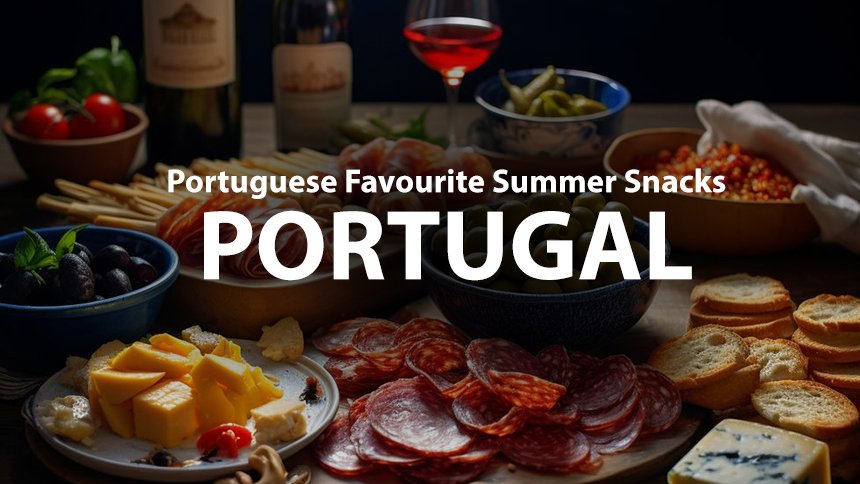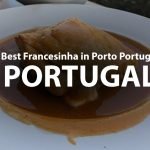What if you wanted a taste of Portuguese favourite summer snacks? While Portugal is famous for its hearty dishes, lighter bites take centre stage come summer. Portugal is known for its sunshine, stunning beaches, and a culture that revolves around enjoying life’s simple pleasures. And what better way to embrace those pleasures than with delicious snacks? Here’s a peek at some Portuguese favourites you’ll find locals munching on during the warm months
What are Portugal’s favourite summer “petiscos”?
The word “Petisca” means relishing small snacks. However, the actual snack varies from one region to the next. For instance, in the Interior and Alentejo, some “petiscos” favourites include “presunto’ and “chourico”.
In contrast, the Algarve and coastal regions of Portugal have regional “petiscos” as locally caught seafood. And of course, the Portuguese would eat a “petisco” before a meal or in the middle of the day with a glass of wine or beer.
15 Must-try Portuguese Favourite Summer Snacks
Pastéis de Bacalhau (Cod Fritters)
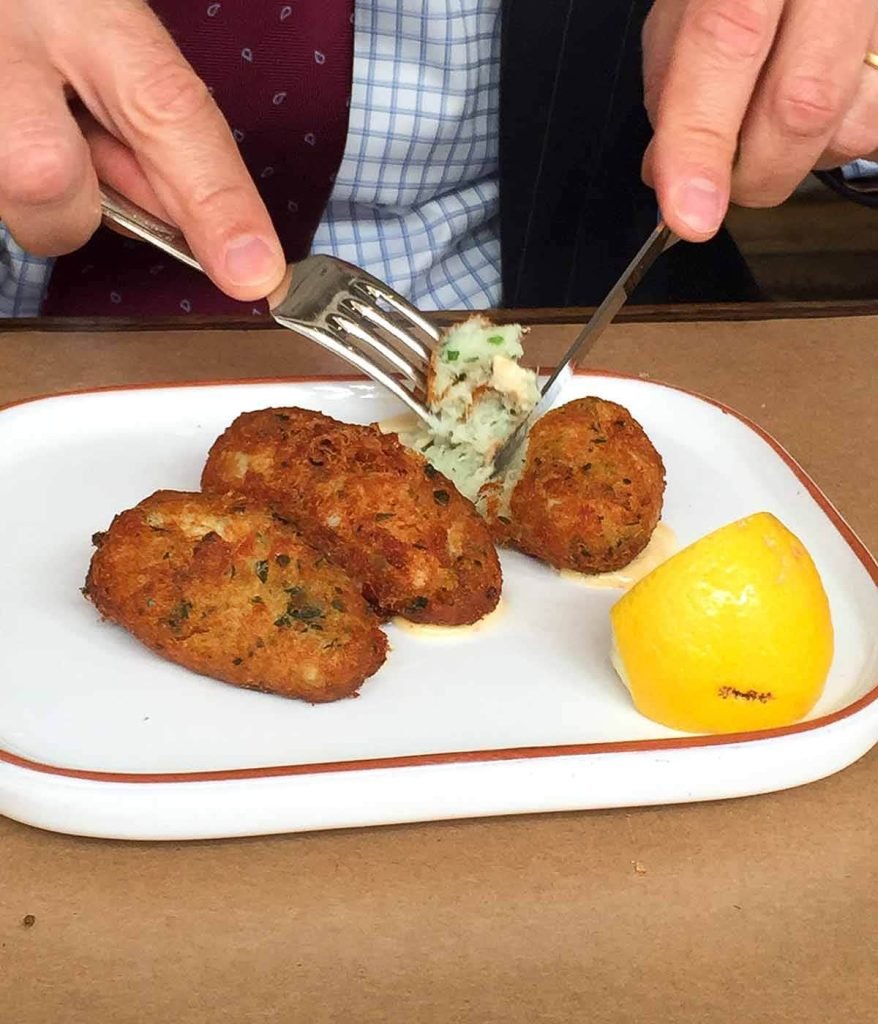
One of the best Portuguese favourite summer snacks is the Cod fritters (cod cakes) also called Pasteis de Bacalhau. These are also incredibly popular. They are made from codfish and potatoes that are deep-fried.
We could even call this Portugal’s infamous national snack. However, there are at least two different recipes for these cod fritters. The first one is popular among tourists and locals across the country. This is made from oval-shaped fritters made with a batter prepared with mashed potatoes, onions, salt cod, and parsley.
The outcome is a crispy delight on the outside, a smooth delectable treat on the inside. However, another popular recipe, better called bolinhos de bacalhau in the north of the country, is made with pataniscas which are flat cod fritters made with flour batter instead of potatoes. You should also note that this recipe is often served as a main meal with naughty rice.
Meat Croquettes
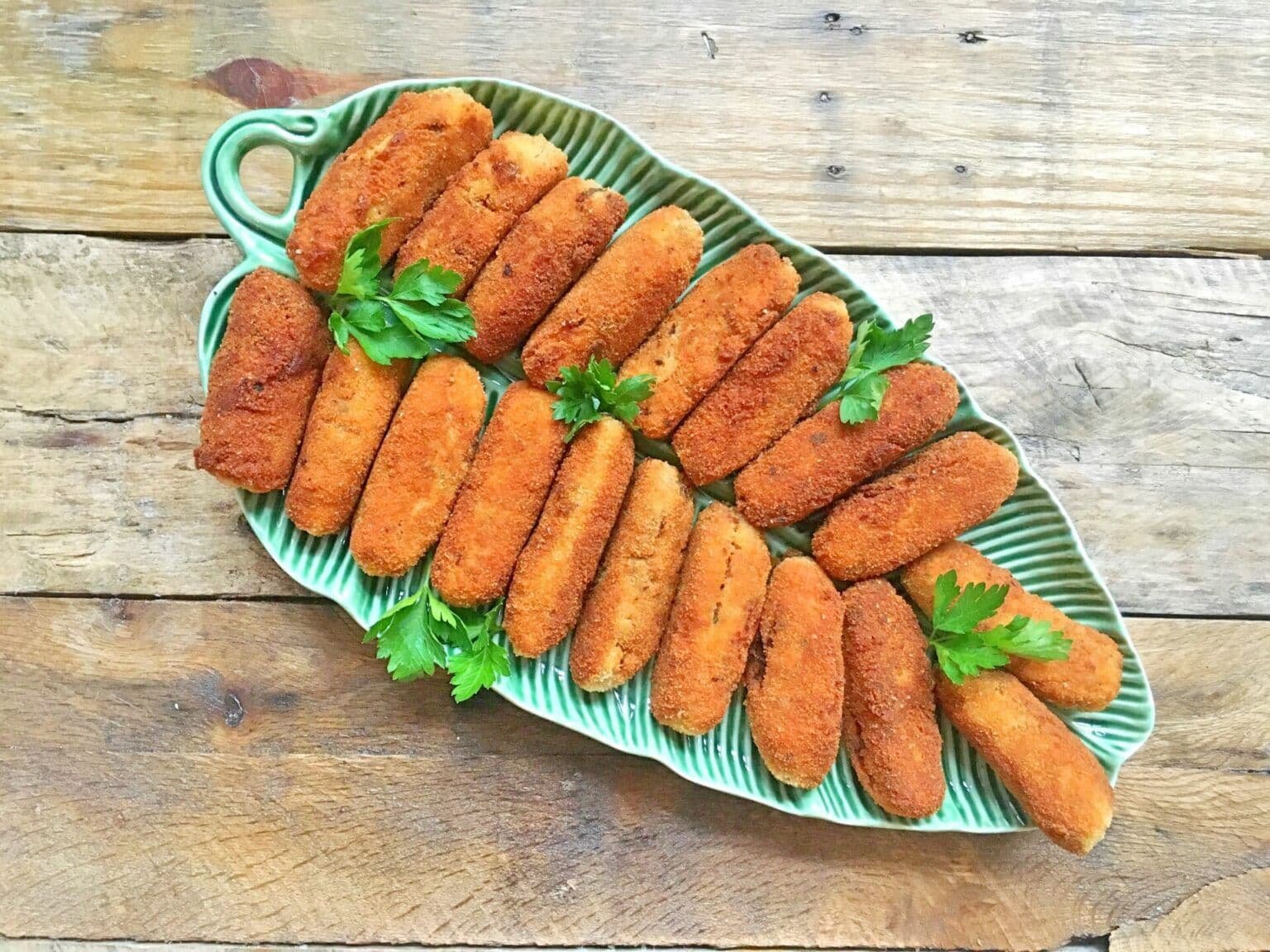
Portuguese croquettes are different from the breaded and deep-fried snacks made in other countries. Portuguese croquettes are dark brown and cylindrical made from beef or a mix of pork and beef.
They mostly resemble Dutch-style beef croquettes. Unlike most snacks, these are also super dense and often have a creamy filling. These are also eaten at room temperature.
But if you have them in a restaurant, you might have a dipping sauce like mustard to go with it. Also, note that it’s possible not to get the typical Portuguese pastelarias. You might find modern versions with innovative flavours and shapes.
Rissois
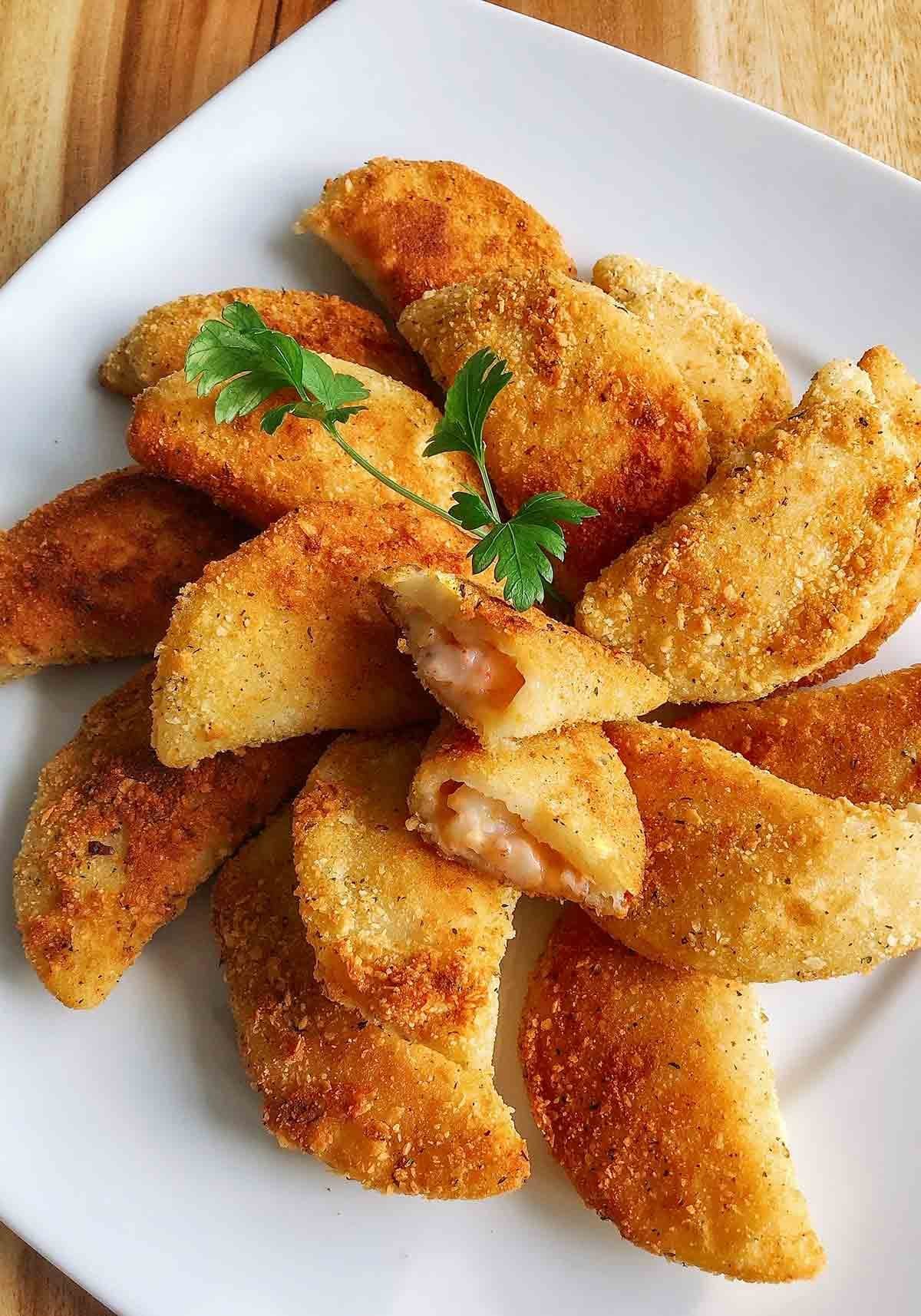
Portugal’s Rissois are adaptations of the French version. However, these half-shaped moon-shaped turnovers differ from the ones in France. Here you’ll find them stuffed with shrimp bechamel (rissois de camarao), minced beef (rissois de carne), or shredded fish (rissois de peixe). The dough for this delight is made from butter, margarine and wheat flour, then worked into a stretchy mix that can shape your turnovers.
Then they are subsequently breaded and deep-fried after being stuffed. You’ll love these treats as they are filling and incredible. Sometimes, they can be stuffed with a mix of shrimp and beef. Some Portuguese folks also stuff them with suckling pig (rissois de leitao), chicken (rissois de frango), or salted cod (rissois de bacalhau). There are also vegetarian options like (rissois de legumes).
Empanadas (pies)
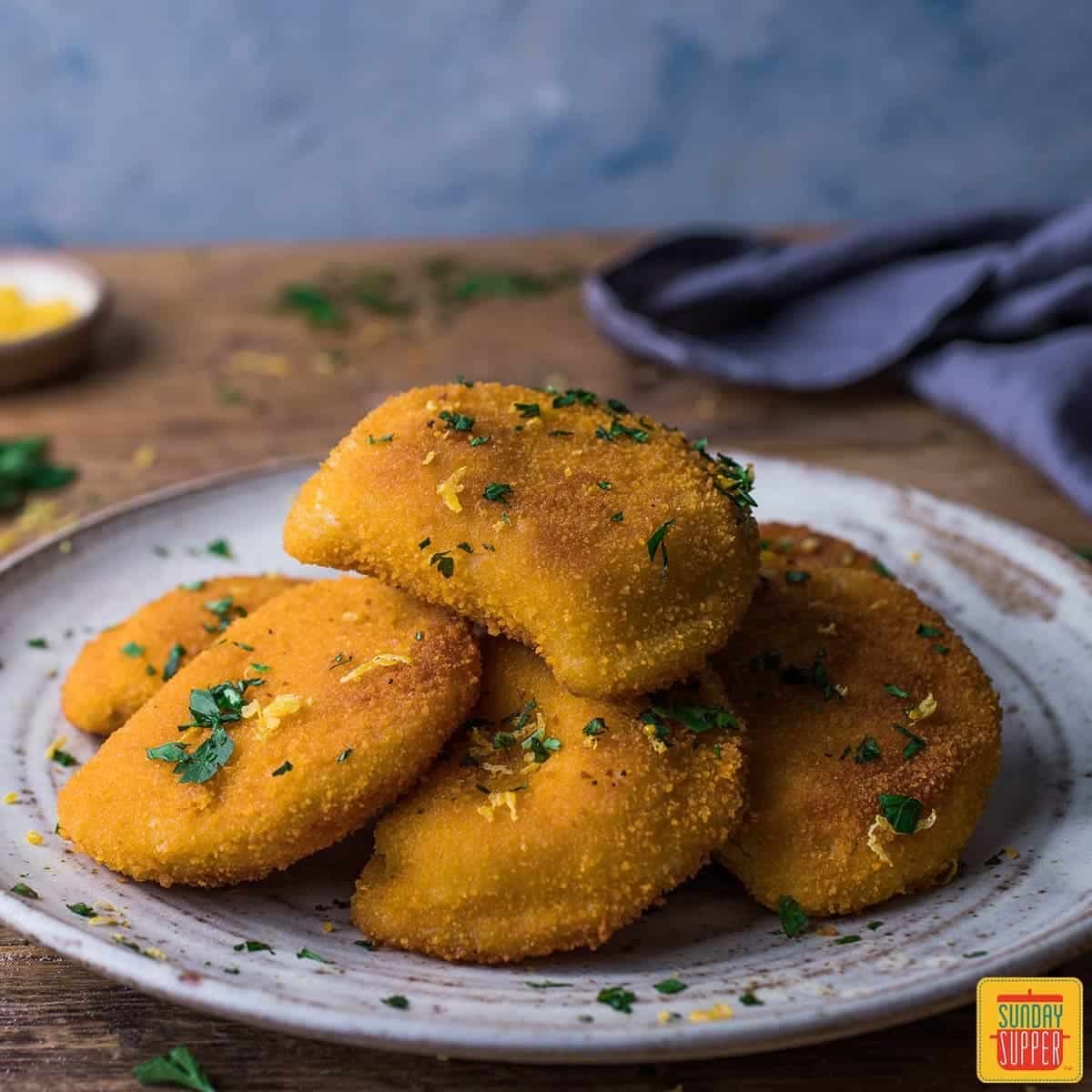
Empanadas or pies are savoury snacks dating as far back as the ancient Egyptians. But in the Portuguese, these pies were said to be introduced by the Romans, during the time the Portuguese territory belonged to the Roman Empire over 2000 years ago.
Today, these pies are made with different types of pastry and fillings. The most popular, the empada de galinha, is the classical option, and is often small, although ancient versions were much larger.
These empadas are made using wheat dough with shredded chicken as the filling. There are also other savoury pies you can try such as the pies made with salted cod or pork cheeks.
Pão Com Chouriço (Chorizo stuffed bread)
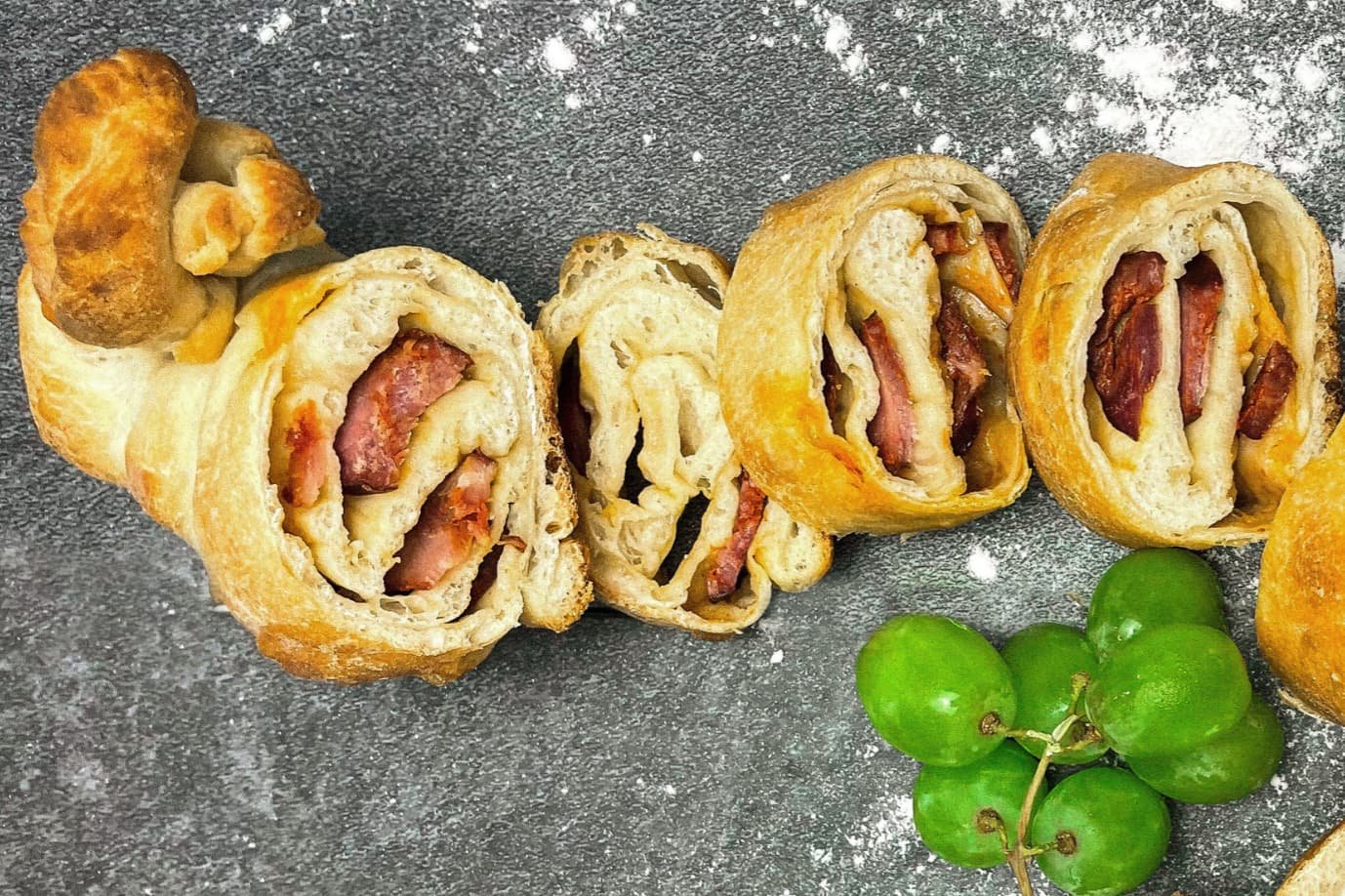
Pao Com Chourico is a delightful snack prepared with bread buns baked with slices of chorizo on the inside. Traditionally, they consist of white soft dough prepared at high hydration, with smoked and cured Portuguese sausage “chourico.” They are often sold in regular bakeries, paste shops and even food trucks. That said, you’ll find these savoury snacks all around Portugal.
Merenda Mista or Lanche (Milky bread with ham & cheese)
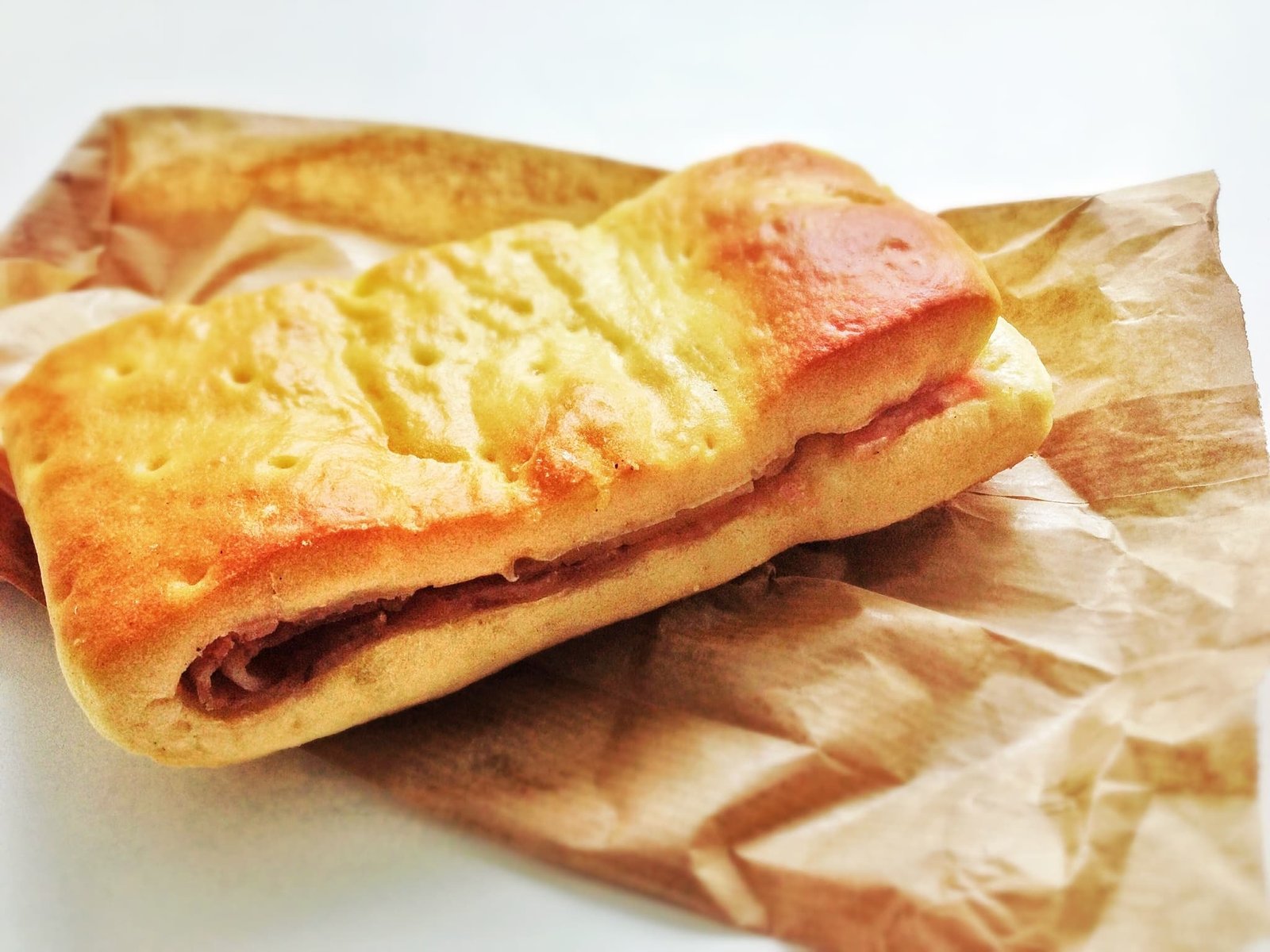
These delightful snacks are sweet (ish) brioche pockets stuffed with cheese (misto) and ham and sometimes with thin slices of chouricao (the thicker cousin of the Portuguese cured sausage chourico). Usually, the dough and the fillings are baked together, hence, the cheese melts and acts as a bonding between the meat. Usually, you’ll find these snacks at room temperature. You can especially enjoy them when you’re looking for a savoury snack and sandwich made in one. Merenda and Lanche are Portuguese words that mean a small meal closer to a snack.
Pasteis de Massa Tenra (Fried meat pockets)
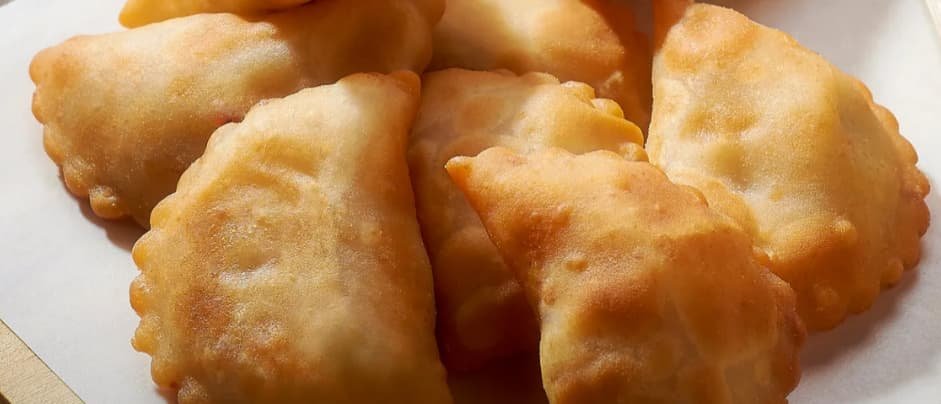
This resembles rissois at first. But then you would realise that rissois is breaded compared to this. Often, Pastes de Massa Tenra comes as a creamy concoction of minced beef sauteed with bay leaf, garlic, onions, salt, pepper and nutmeg. After that lemon juice, egg yolks and chopped parsley leaf are also added.
Bifana
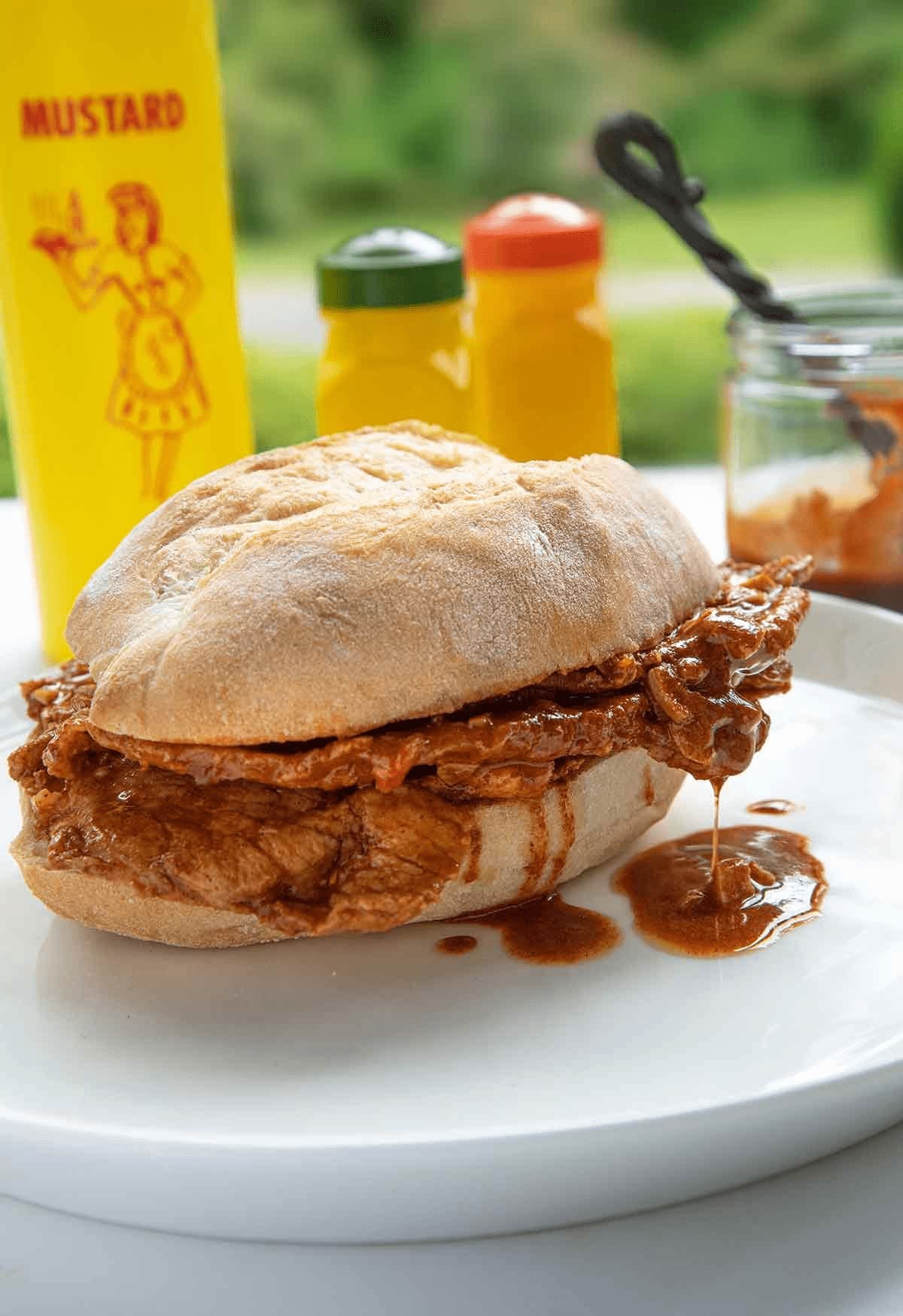
This simple but incredibly flavorful sandwich features thinly sliced pork marinated in garlic, white wine, and paprika. Served on crusty bread, it’s a portable and satisfying snack. However, these are not just Portuguese favourite summer snacks, they are available all year round.
Grilled Sardines served with salad
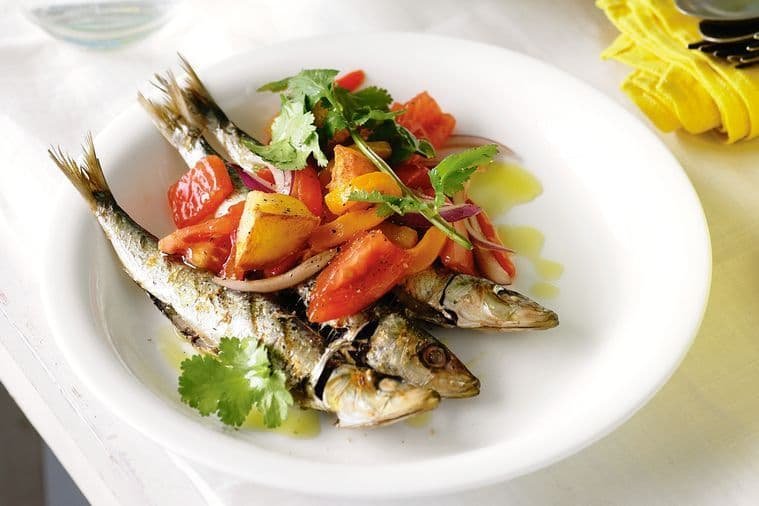
Another favourite Portuguese summer snacks are the savoury sardines eaten atop a piece of bread. You’ll often find these snacks along the streets of Lisbon’s historic neighbourhoods. You can find them at food trucks and corner cafes. The sardines are often well-seasoned and served with salad or cornbread.
You should also note that these snacks are often available in summer because the Portuguese sardine season coincides with the traditional summer festivities called “Santos Populares” during the celebrations of Santo Antonio (Lisbon) Sao Joao (Porto) and Sao Pedro. So you’ll find these snacks sold on every street corner during the festivities.
Seafood (Petiscos)
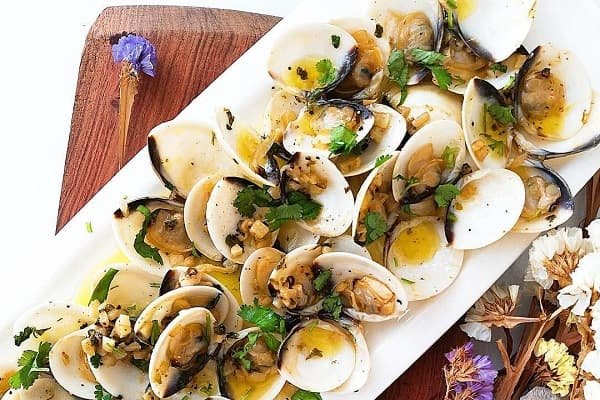
As said earlier Petiscos varies from one village or town in Portugal to the other. In any coastal village in Portugal, you can also count on finding delicious seafood ‘petiscos’ made with locally caught shellfish. Some favourites are “mexilhao” (mussels), “ameijoa a bottom pato” (clams with garlic, white wine and olive oil), “sapateira recheada” ( a crap dip eaten as toast), and (Berbigao) (cockles).
Caracois (Snails)
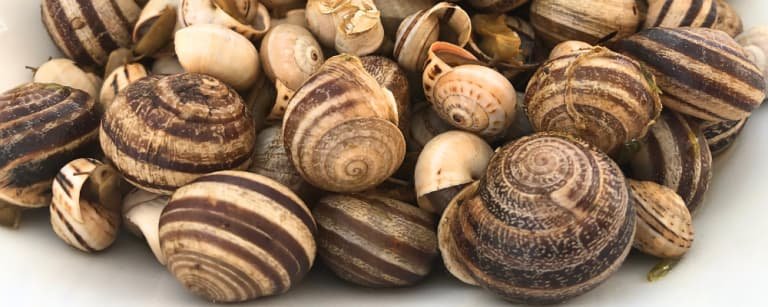
Caracois or Snails is a rite of passage during summer in Portugal. You will especially love spending your afternoons eating snails. Often, these snails are cooked with local herbs. They are also served with a cold beer.
Bola de Berlim

If you want a sweet treat during summer, Bola de Berlim stands out. These are fluffy doughnuts filled with creamy egg custard and powdered with sugar at the top. Also, there are other fillings such as strawberry jelly, creamy Nutella and carob jam. You can find these sweet delights across various cafes and street corners.
Pastel de Nata

Portugal’s iconic custard tarts are a must-try for any visitor. You’ll especially love the ones made in Lisbon. This decadent egg tart dates back centuries ago to monks from the Jeronimos Monastery in the Lisbon district of Belem. Back then, the monks used egg white to starch their shirts.
So the leftover egg yolk was baked into a sweet treat. However, when faced with the closure of convents and monasteries in the Liberal Revolution of 1820, they began selling those sweet treats for money. By 1837, the popular Pasteis de Belem Bakery opened up.
Gelado
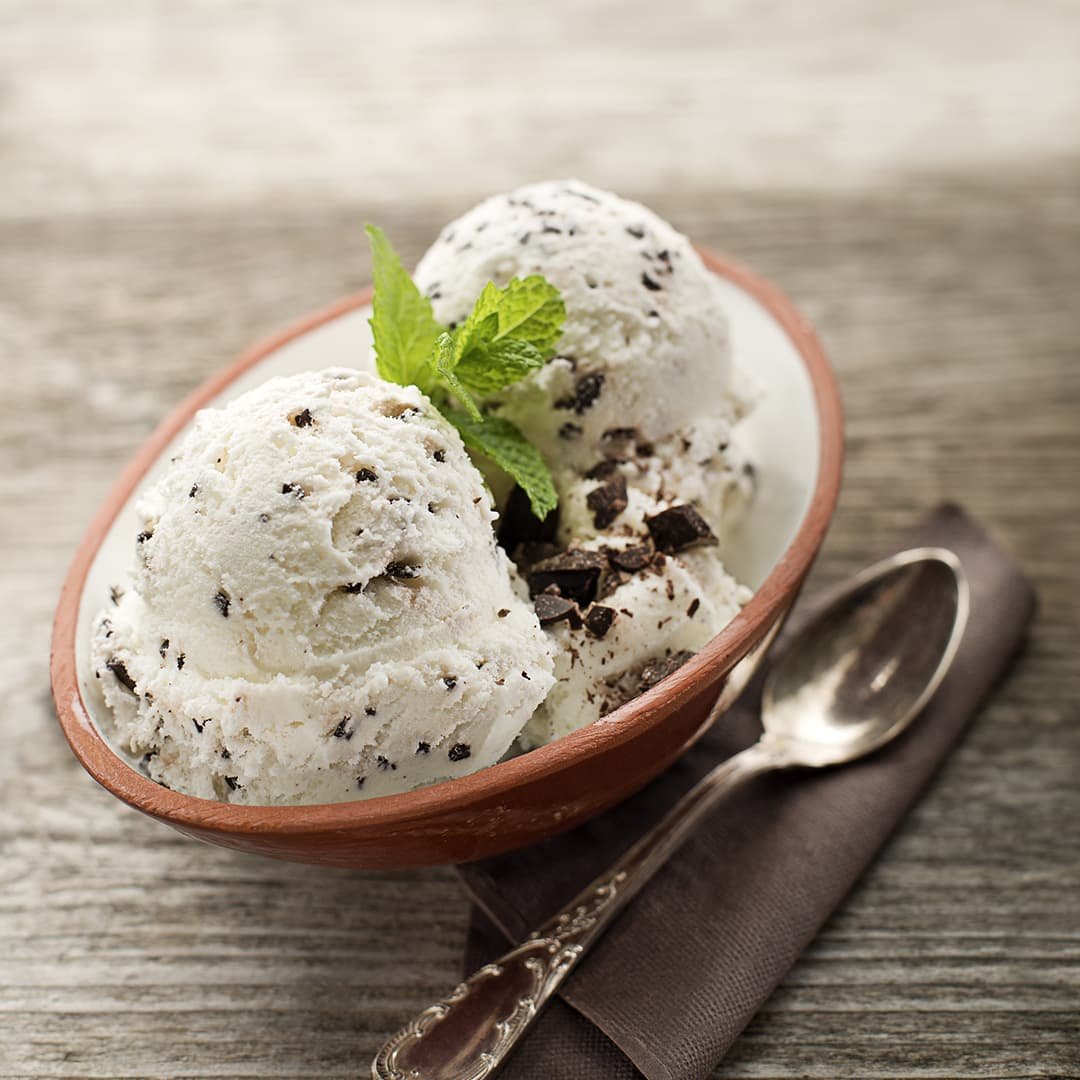
During the summer months, you can beat the heat with Portugal’s refreshing ice cream. You’ll love that it’s available in countless flavours, from traditional milk flavours to fruity concoctions. it’s the perfect way to cool down on a hot summer day.
Tremoços e Pevides
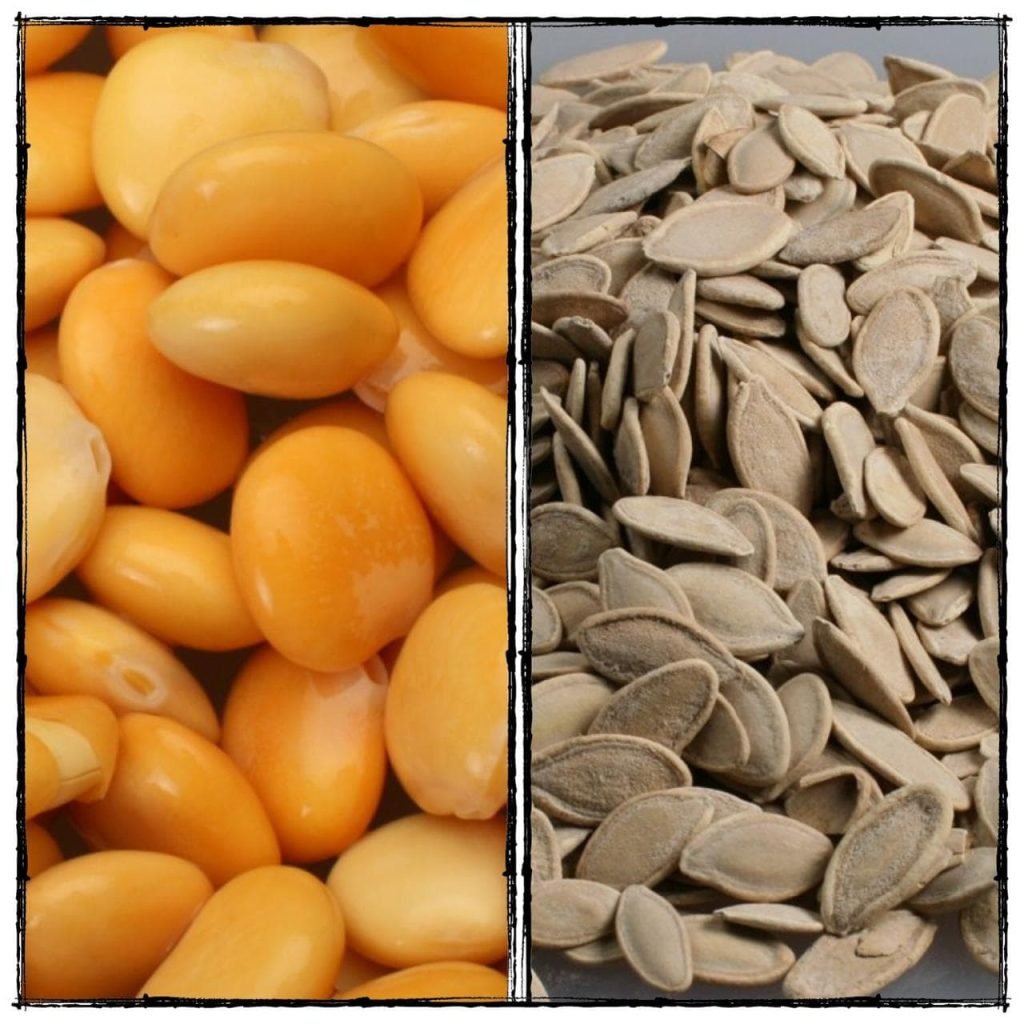
These aren’t technically snacks, but you’ll see them everywhere in Portugal during summer. Lupini beans (“tremoços”) and dry roasted pumpkin seeds (“pevides”) are cheap, delicious, and perfect for munching on while socialising with friends over a cold beer.
Tips for the Savvy Traveler
One thing you’ll love is that many Portuguese snacks are available all year round, except for those dependent on seasonal ingredients. So whether you want to use our Portuguese favourite summer snacks or not, you are promised an amazing adventure. However, these tips can make your snacking adventure a true delight:
- Go local: Hit up the local pastelarias (bakeries) to try a variety of savoury and sweet snacks. There you can find the freshest and most authentic snacks. To find the best places, look for those with tons of locals.
- Try the restaurants: Head to a tasquinha, a small, traditional Portuguese restaurant, to sample petiscos and soak up the atmosphere. Here most snacks may come as appetisers before the main meal.
- Embrace the seasonality: Portugal also has many of its seasonal ingredients taking centre stage in its snacks. So you will have a truly exciting culinary adventure.
- Ask questions: Many vendors are always happy to explain what their snacks are made of (except not telling you their secret recipes of course). It can be a truly historic delight to hear the history and processes involved in making the many summer snacks.
- Portion Control: Portuguese snacks can be quite generous. Consider sharing a plate with a friend or ordering a half portion to avoid overdoing it.
- Drink Pairings: Ask for recommendations on what beverage pairs well with your chosen snack. Wine, beer, or a refreshing glass of vinho verde (a light green wine) could be perfect choices.
- Mind the Spice: While Portuguese food isn’t generally super spicy, dishes using piri piri (a fiery chilli pepper) can pack a punch. Ask about the spice level before you dig in.
- Sweet Treats: Portugal is famous for its pastries like Pastéis de Nata. Save room for a little indulgence!
- Bonus tip: Learn a few basic Portuguese phrases to help enhance your experience. The locals love anyone willing to learn and try to have conversations with them.
Concluding Thoughts
So, next time you find yourself in Portugal during summer, skip the heavy meals and embrace the lighter side of Portuguese cuisine. With these Portuguese favourite summer snacks, you’ll be well on your way to experiencing a true taste of summer, Portuguese style!
Frequently Asked Questions About Portuguese Summer Snacks
What do Portuguese people typically eat?
Portuguese cuisine is rich in flavours and influenced by their history as seafaring people. Typically, their dishes comprise seafood, especially cod (bacalhau), sardines, shellfish, and octopus), meat especially cured meats, sausages, beef and chicken, vegetables, and legumes in hearty stews and soups, rice, and potatoes and off-course fresh bread.
What is Portugal’s most popular food?
There are two most popular Portuguese foods. In terms of main meals, you have the dried, salted cod (Bacalhau) which is also the infamous national dish with countless recipes. If you’re looking for a sweet treat, the most famous are Pasteis de Nata, which are custard tarts and are delicious and iconic.
How much is a snack in Portugal?
Portuguese snacks are pretty affordable and will mostly cost only a few euros. However, depending on where you have them, you can add sides and your favourite drinks such as coffee, beer or wine.
What is the national drink of Portugal?
Portugal doesn’t have an official national drink. But besides beer the Portuguese love wine. One of the most famous is the Port wine, which is a fortified wine from the Douro Valley.
What do the Portuguese people eat every day?
Portuguese people love home-cooked meals often centred around the protein of choice (which can be fish, pork, chicken or other meats). Soups are usually the common starter or a light meal.
What are five traditional foods in Portugal?
The five most famous traditional foods in Portugal include Bacalhau (Dried, salted cod), Arroz de Pato (Duck rice), Cozido à Portuguesa (Stew with various meats and vegetables), Francesinha (Sandwich filled with meat, sausage, and cheese), and Pastel de Nata (Custard tart pastry).
What is a Portuguese legume snack?
Portugal has various legume-based snacks. Tremoços (marinated lupini beans) are a popular option.



